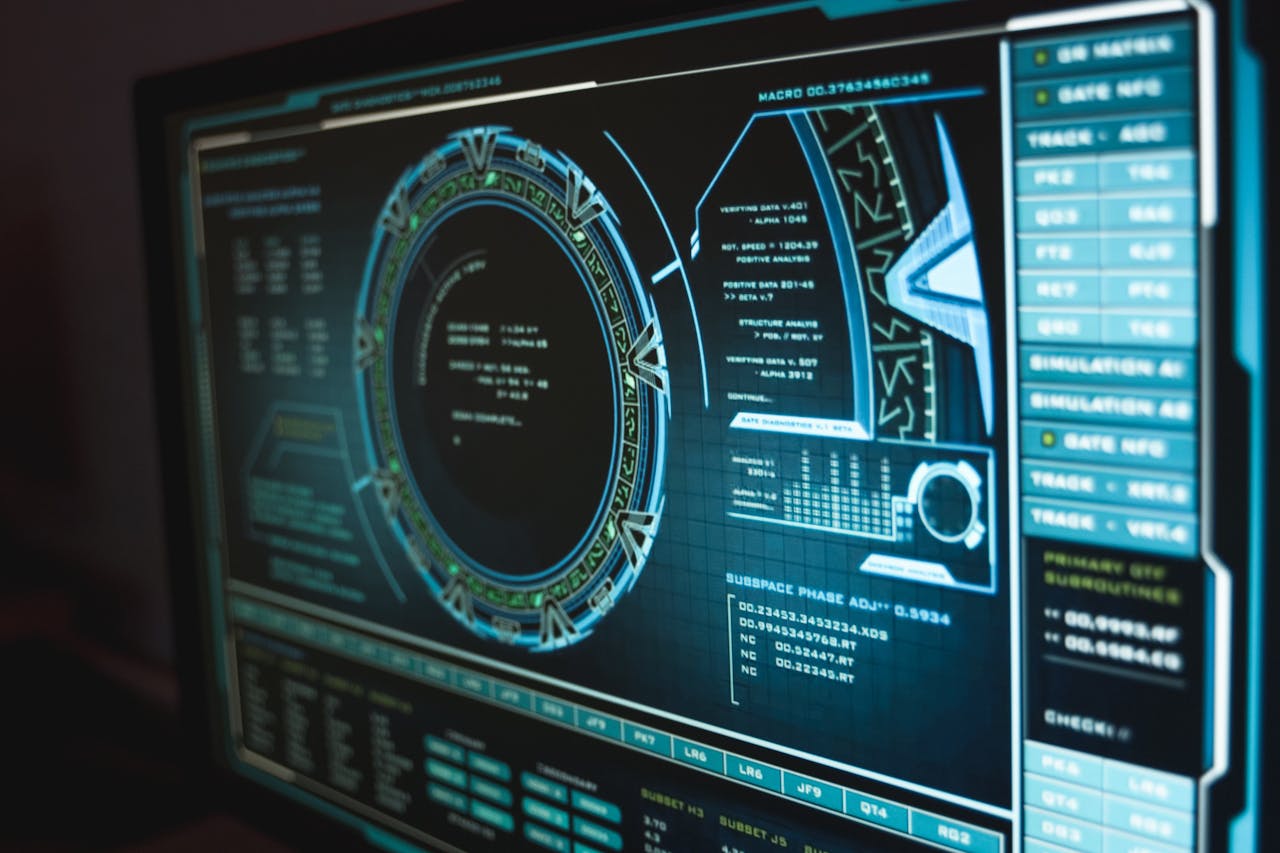Modern cybersecurity PR requires more than technical expertise – it demands coordinated action across multiple departments to protect organizations from threats while maintaining stakeholder trust. Recent data shows that companies with strong cross-functional cybersecurity teams respond 52% faster to incidents and reduce breach costs by an average of $2.3 million compared to organizations operating in silos. As cyber threats grow increasingly sophisticated, organizations must break down departmental barriers and create integrated teams that bring together PR, IT, and Legal expertise. This collaborative approach allows companies to prevent incidents more effectively, respond rapidly when breaches occur, and maintain clear communication with stakeholders throughout any crisis.
PR Overview
Building an Integrated Cybersecurity Team
Creating an effective cross-functional cybersecurity team starts with bringing together the right mix of expertise and establishing shared objectives. According to research by Deloitte, organizations that align PR, IT, and Legal teams under common security goals see a 64% improvement in threat detection and response times.
The first step is identifying key stakeholders from each department who will form the core team. IT brings technical knowledge of systems, networks, and security controls. PR contributes crisis communication expertise and stakeholder relationship management. Legal provides guidance on compliance requirements, contractual obligations, and liability considerations.
Once team members are selected, leadership must establish clear objectives that unite these different perspectives. Common goals might include:
- Reducing organizational cyber risk through coordinated prevention efforts
- Developing integrated incident response plans that account for technical, communication, and legal requirements
- Creating protocols for swift, accurate communication during security events
- Building stakeholder trust through transparent security practices
Regular meetings and workshops help team members understand each other’s roles and build the relationships needed for effective collaboration. Cross-training sessions where departments share their expertise create valuable knowledge transfer.
Defining Roles and Responsibilities
Clear role definition prevents confusion and delays during security incidents. According to IBM’s Cost of a Data Breach Report, organizations with defined incident response teams and plans reduce breach costs by an average of $2 million.
IT teams typically lead technical incident response, including:
- Detecting and investigating security events
- Containing active threats
- Implementing technical fixes
- Conducting forensic analysis
- Strengthening controls to prevent recurrence
PR departments manage communication strategy:
- Drafting internal and external communications
- Coordinating with media
- Managing social media response
- Monitoring stakeholder sentiment
- Protecting brand reputation
Legal teams provide critical guidance on:
- Regulatory compliance requirements
- Notification obligations
- Evidence preservation
- Liability management
- Contract and insurance implications
Creating Communication Protocols
Effective communication channels are essential for coordinated cybersecurity efforts. Research by McKinsey shows that teams with established communication protocols respond to incidents 35% faster than those without clear processes.
Organizations should implement both routine and emergency communication channels:
Routine Communications:
- Regular cross-functional team meetings
- Shared documentation platforms
- Project management tools
- Security awareness updates
- Performance metrics reporting
Emergency Communications:
- 24/7 incident notification systems
- Emergency contact lists
- Conference bridge lines
- Secure messaging platforms
- War room facilities
Managing Crisis Response
When security incidents occur, cross-functional teams must execute coordinated response plans. According to Ponemon Institute research, organizations with tested incident response plans reduce the average cost of data breaches by $2 million.
The initial response requires rapid coordination:
- IT teams assess technical impact and begin containment
- PR prepares holding statements and monitoring protocols
- Legal reviews notification requirements and preservation needs
- Leadership receives briefings and approves response strategy
As the incident unfolds:
- IT provides regular technical updates
- PR manages ongoing communications
- Legal ensures compliance with obligations
- Team leads coordinate resource allocation
- Documentation is maintained for future analysis
Measuring Success and Continuous Improvement
Regular assessment helps teams optimize their performance. Key metrics might include:
- Incident response times
- Stakeholder satisfaction scores
- Media sentiment analysis
- Regulatory compliance rates
- Security awareness levels
Teams should conduct after-action reviews following incidents to identify:
- What worked well
- Areas for improvement
- Resource gaps
- Training needs
- Process updates required
Training and Development
Ongoing training keeps cross-functional teams sharp. According to SANS Institute research, organizations that conduct regular security exercises see 63% faster incident response times.
Training activities should include:
- Table-top exercises
- Crisis simulations
- Technical workshops
- Communication drills
- Legal updates
Building Team Culture
Strong team culture supports effective collaboration. Key elements include:
- Shared responsibility for security
- Open communication
- Mutual respect for different expertise
- Learning mindset
- Recognition of contributions
Conclusion
Cross-functional cybersecurity teams provide organizations with comprehensive defense against modern threats. By bringing together PR, IT, and Legal expertise, companies can better prevent incidents, respond effectively to breaches, and maintain stakeholder trust.
To build effective cross-functional teams:
- Select key stakeholders from each department
- Establish clear shared objectives
- Define roles and responsibilities
- Create strong communication protocols
- Develop and test response plans
- Maintain ongoing training
- Foster collaborative culture
Organizations that implement these practices position themselves to handle cybersecurity challenges more effectively while protecting both their systems and reputation. Regular assessment and improvement of team performance ensures continued adaptation to evolving threats.
The investment in cross-functional collaboration pays dividends through faster incident response, reduced breach costs, and stronger stakeholder relationships. As cyber threats continue to evolve, this integrated approach to security becomes increasingly vital for organizational resilience.
Protect Crypto Reputation During Market Crashes
When your token drops 30% overnight and Discord erupts with accusations, the next 48 hours will...
How to Apologize Publicly with Effective Apology Strategies
Public apologies have become a defining feature of modern reputation management. When public...
Employee Advocacy for Health Tech Companies That Drives Results
Your employees already talk about their work. The question is whether they're amplifying your...




